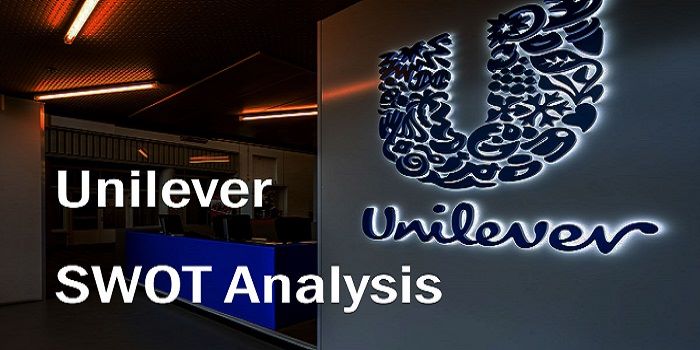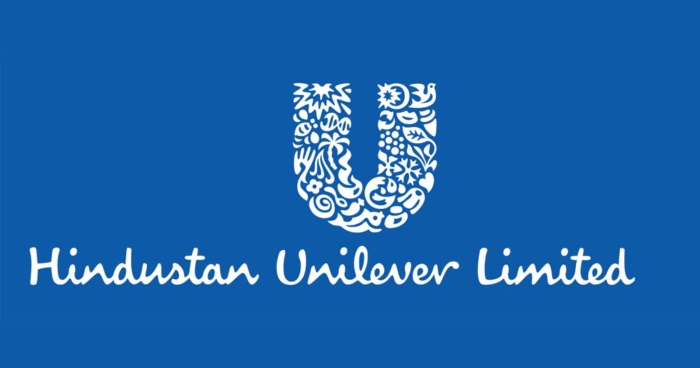HUL Business Model: Exploring SWOT Analysis of HUL
In the world of consumer goods, one company stands out as a shining example of business excellence – Hindustan Unilever Limited, often referred to as HUL. Established in 1933, HUL has consistently delivered outstanding results and remained a cornerstone of the Indian consumer market. Let’s take a closer look at the key elements of the HUL business model and SWOT analysis of HUL that have led to its remarkable success.
About the Company
Hindustan Lever Limited (HUL) is a well-known company in India. It makes many products we use every day, like soap, shampoo, and food items. HUL cares about its customers and the environment. They make eco-friendly products and help communities. HUL is part of a big global company called Unilever. They work to make good products and help people live better lives. Lastly, HUL is famous for its brands like Dove, Lux, and Knorr, and it’s a big player in the Indian market.
Understanding the HUL Business Model

Diverse Portfolio of Brands
The heart of HUL business model is its diverse portfolio of products, encompassing a wide range of categories such as personal care, home care, food and beverages, and more. HUL’s brand portfolio includes familiar names like Dove, Lux, Surf Excel, Knorr, and Lipton. This diversity allows HUL to cater to various consumer needs, ensuring a steady stream of revenue.
Customer-Centric Approach
HUL’s unwavering commitment to understanding and meeting customer needs has been key to its success. The SWOT analysis of HUL contains research and market analysis to stay attuned to changing preferences and trends. This enables them to develop products that resonate with their target audience.
Strong Distribution Network
The HUL business model has extensive distribution networks that help them to reach even the remotest corners of the country. This widespread reach ensures that their products are readily available to consumers, creating accessibility and convenience, which is crucial in a diverse and geographically vast market like India.
Innovation and Adaptability
In the SWOT analysis of HUL, they strengthen innovation in their product development and packaging. They are quick to adapt to changing market dynamics and consumer demands. For instance, in response to growing environmental concerns, HUL has launched eco-friendly packaging and sustainable product lines, showcasing its commitment to responsible business practices.
Sustainable Practices
HUL business model includes a strong emphasis on sustainability. They are dedicated to reducing their environmental footprint by implementing eco-friendly manufacturing processes and promoting responsible consumption. This commitment not only aligns with global sustainability goals but also resonates with environmentally conscious consumers.
Marketing and Branding
HUL is renowned for its effective marketing and branding strategies. Moreover, they create compelling advertising campaigns that strike a chord with consumers, leveraging emotional appeal to build strong brand loyalty. Iconic advertisements like the ‘Dove Real Beauty’ campaign have left a lasting impact.
SWOT Analysis of HUL

Strengths
Strong brand portfolio: HUL has a strong brand portfolio of over 400 brands, including Dove, Lux, Surf Excel, and Pepsodent, and these brands are well-known and trusted by consumers.
Vast distribution network: HUL has a vast distribution network that reaches over 6 million outlets across India and this makes it easy for consumers to buy HUL products.
Commitment to innovation: Further, HUL is constantly innovating to develop new products and improve existing ones. The company has a strong research and development (R&D) team that works on developing new technologies and processes.
Strong financial performance: Furthermore, HUL has a strong financial performance. The company has been profitable for many years and has a healthy balance sheet. A Strong financial is a key indicator in SWOT Analysis.
Weaknesses
High dependence on a few brands: HUL’s top 10 brands account for over 60% of the company’s revenue. Whereas, this makes the company vulnerable to changes in consumer preferences and the economy, as well as other external factors.
Exposure to currency fluctuations: HUL is exposed to currency fluctuations as it operates in multiple countries. This can impact the company’s profitability besides their diverse product folio.
Competition from multinational companies: HUL faces competition from multinational companies such as Procter & Gamble and Nestle. These companies have deep pockets and can invest heavily in marketing and advertising.
Opportunities:
Growing middle class: Moreover, the growing middle class in India plays a key role in the SWOT analysis of HUL by creating providing opportunities for HUL to grow its business.
Increasing urbanization: The increasing urbanization in India is also providing HUL with new opportunities. The company can sell its products to a wider range of consumers in urban areas.
Growth of e-commerce: Further, the growth of e-commerce is providing HUL with new ways to reach consumers. The company can sell its products online and reach a wider range of consumers.

Threats
Economic slowdown: However, an economic slowdown could impact HUL’s business as consumers may cut back on spending in addition to saving money.
Changes in consumer preferences: Changes in consumer preferences could also impact HUL’s business. For example, if consumers start to prefer natural products, HUL may need to adapt its product portfolio.
Government regulations: Government regulations could also impact HUL’s business. Whereas, if the government introduces new regulations on the use of chemicals in personal care products, HUL may need to change its manufacturing processes.
Conclusion
In brief, we can say that the HUL Business model moves around their products and customer-centric approach they have a diverse product folio that gives customers a wide range and they target mainly middle-class people. In the SWOT analysis of HUL, we can see the growing population of middle-class people who can’t afford high price and premium products.
Overall, HUL is a strong company with a good track record. However, the company faces some challenges, such as high dependence on a few brands and exposure to currency fluctuations. HUL needs to address these challenges in order to continue to grow and prosper in the future.
For more articles like this, click the link below:
Dunzo Business Model: All about Dunzo Valuation, Investors, and Funding


